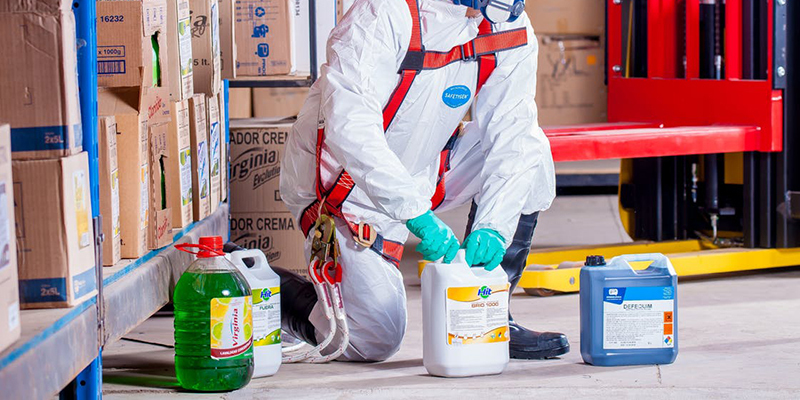6 Reasons to Track Skills Development


For the past 14 years April 28th is an important date on the calendars for those of us involved in compliance.
Why?
Because the 28th of April was chosen by the International Labour Organization (ILO), a group of 187 member states whose goal is to promote decent working conditions for all women and men, as the day to shine a spotlight on Health and Safety at work.
I believe that this spotlight brings all aspects of workplace safety into focus. Workplace safety plays a very important role in the lives of not just the workers, but worker’s family members as well. It’s a good day to reflect and consider the positive impact workplace safety and compliance has on our lives and the people around us. This year, the ILO is drawing attention to the critical need for companies to collect and utilize reliable occupational and health (OSH) data.
The need for this should be obvious to all of us. We cannot begin to understand and ultimately reduce the risk of workplace hazards working men and women encounter every day without good, reliable data. Understanding risks through reliable data not only benefits the lives of workers, but can ultimately lead to a positive impact to company’s bottom line.
When an employer shows that they value workplace safety, they show employees that they care about compliance – and that they care about creating a safe work environment for their employees – making them feel valued. Employees notice when their company is investing time and money to ensure they are taken care of and as a result will be more likely to remain loyal and treat customers better.
Think about it.
You go into work and this is what greets you:
Icy conditions in parking lots, unsafe shop floor conditions or faulty, unsafe equipment. Or you are asked to work with hazardous materials that you have no experience or training on.
Think this doesn’t happen anymore?
Chemical safety and working with hazardous materials is the second most frequently citied OSHA standards violation.
A reminder of just why we still need compliance regulations and that regulations are inadequate in many parts of the world.
Accidents can cost lives and destroy families; they can cost huge sums of money and can ultimately impact the bottom line.
Taking steps and following OSHA regulations however can, and has, reduced such incidences.
Whatever motivates your stakeholders – be it the risk of litigation or, and far nobler, the health and welfare of your employees – the point is to take action and make Health & Safety a focus every day.
Not sure how?
For starters you need:
Should you have any lingering doubts, OSHA have put together a very convincing presentation, that I highly recommend, here.
Norman Ford is the vice president of Compliance Solutions at Skillsoft.
We will email when we make a new post in your interest area.

